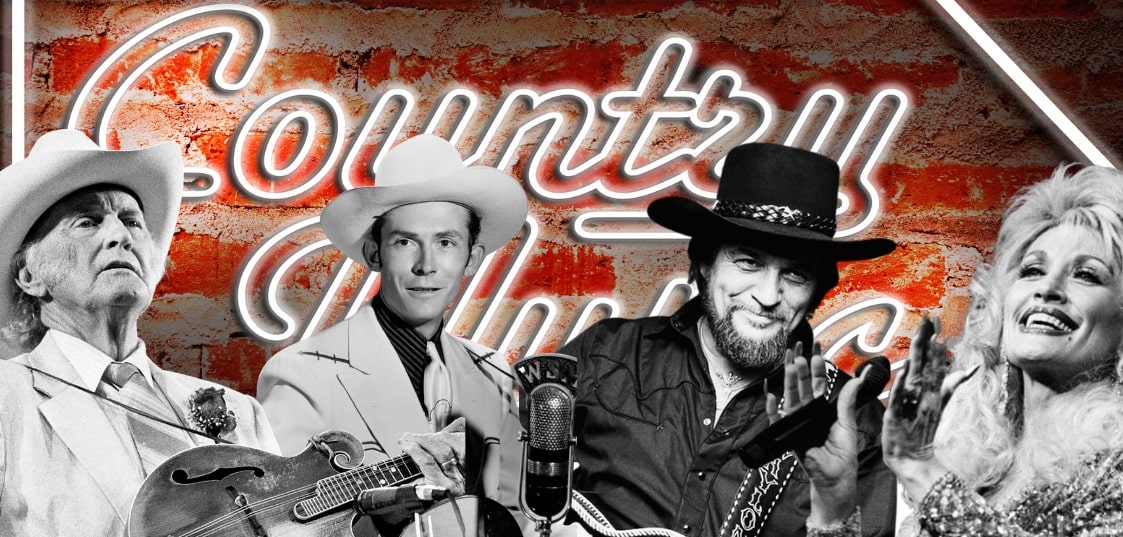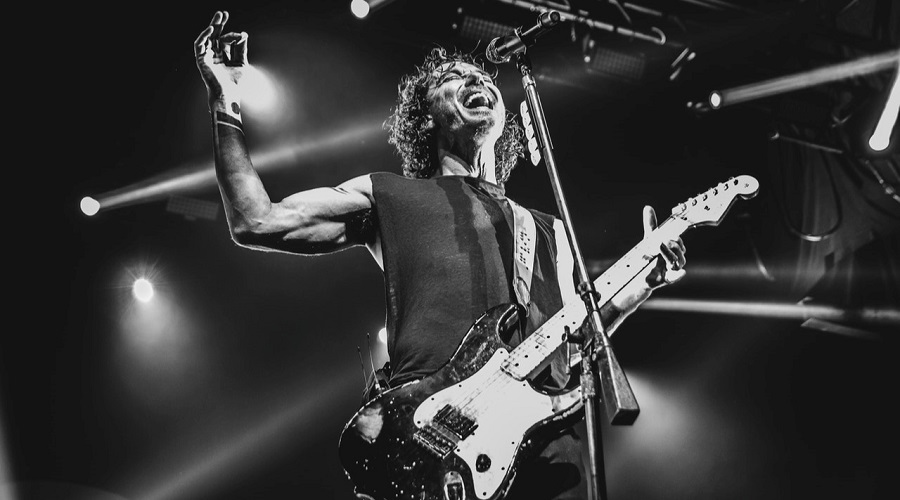With around 76 million listeners every week, Country music is one of America’s most popular music genres.
Although mostly known for its straightforward chord progression, memorable lyrics, and distinct Southern “twang,” Country music goes way beyond this formula. It has dozens of subgenres under its belt that caters to a myriad of listeners, from mainstream listeners to Rock fanatics.
In this article, I’ve listed 22 types of Country music that made an impact in the genre’s musical history. Let’s dive right in!
1. Traditional Country
Traditional Country is what most of the subgenres on this list stand on. It’s considered the first ever type of Country music.
Inspired by old-time music, Blues music, Southern Gospel, and American Folk, Country music dates all the way back to the 1920s. Early Country music often consists of simple dance tunes, ballads, folk lyrics, and harmonies accompanied by stringed instruments such as banjos, acoustic guitars, harmonicas, and fiddles.
Traditional Country music is often dubbed Hillbilly music or classic country. The first commercial instrumental recordings of the genre were “Turkey in the Straw” and “Arkansas Traveler” by A.C. (Eck) Robertson and Henry Gilliland in 1922.
In 1923, the first commercial vocal recording of the genre entitled “Little Log Cabin in the Lane” by John Carson was released.
Following the genre’s success, Columbia Records began issuing “Hillbilly” music in 1924.
2. Bluegrass
Bluegrass music can be traced all the way back to the 1600s, but it only became a genre of its own in the 1900s.
Bluegrass is derived from Appalachian Folk music.
As World War II came to an end, a “mountaineer” string band led by Bill Monroe developed a subgenre of Country music, now called Bluegrass. It’s characterized by the masterfully-playing banjos, guitars, and high-pitched, close-harmony vocals.
Instead of playing a song from front to back, Bluegrass musicians would usually play the same chord structure throughout the song. It also focuses on instrumental showmanship, rather than individual vocals.
Alongside Bill Monroe, who was dubbed as the “Father of Bluegrass Music,” notable artists of this subgenre include Alison Krauss, John Hartford, and Earl Scruggs.
3. Honky-Tonk
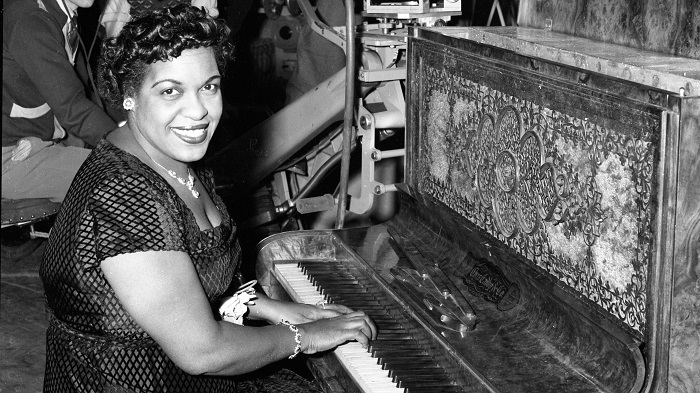
Honky-tonk, or simply Tonk, is a stripped-down version of classic Country music. It’s played with a basic set of instruments like bass, guitar, dobro, poorly-tuned pianos, and, in more ‘modern’ songs, drums.
This genre is especially popular in rural residents of Oklahoma, New Mexico, and Texas.
Honky-tonk rose to popularity in the 1950s, thanks to artists Winifred Atwell, Hank Locklin, and Hank Williams.
Williams’ contributions, in particular, inspired many of the pioneers of Rock ‘n’ Roll, such as Jerry Lee Lewis, Elvis Presley, and Ike Turner. He also provided a framework for emerging Honky-tonk talents like George Jones.
4. Alternative Country
Alternative Country, also known as Insurgent Country, Alt-Country, or Americana, is a subgenre of Country Rock. It’s heavily influenced by Alternative Rock and Progressive Country, as well as Indie Folk and Cowpunk.
The term “Alternative Country” was first used in the 1900s to describe a diverse group of musicians who played non-traditional Country music.
Alternative Country bands opted for a more lo-fi sound and frequently infused their songs with a Rock ‘n’ Roll and strong Punk aesthetic.
Artists of this genre often use heartfelt, bleak, and/or socially aware lyrics in their songs. It rarely uses clichés used by mainstream Country musicians, which is why it’s favored by “modern” Country listeners.
5. Country Pop
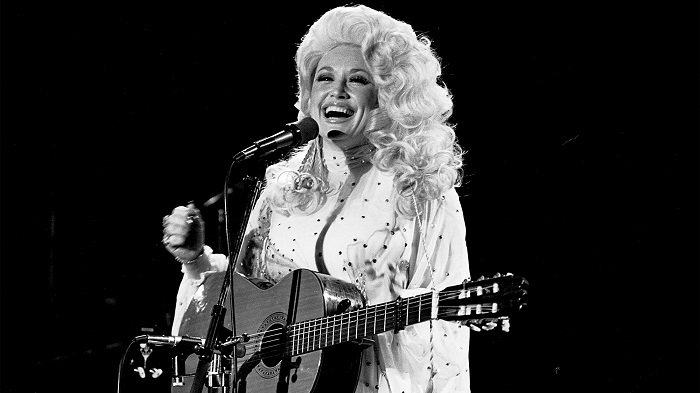
As you may have already guessed, Country Pop, also known as Urban Cowboy or Pop Country, is a fusion between classic Country music and Pop music. It was developed in hopes to reach a larger, much younger mainstream audience and keep the genre alive.
The genre took off in the mid-1970s when Country artists transitioned to the Pop-Country sound. As a result, contemporary hit radios and Billboard country charts began promoting the genre.
Tracks like “Islands in the Stream,” by Dolly Parton, “There’s No Gettin’ Over Me” by Ronnie Milsap, and “I Love a Rainy Night” by Eddie Rabbitt were featured in Billboard’s Hot 100 for weeks.
Later, the genre saw a rise of newer Country-Pop artists like Taylor Swift, Carrie Underwood, and Kacy Musgraves.
6. Bro-Country
With stylistic origins in Hip-Hop, Pop, Electronica, and Hard Rock, Bro-Country is perhaps the most criticized country genre by mainstream Country music.
The first use of the term “Bro-Country” was by Jody Rosen of New York Magazine in 2013. In the article, she described the songs by Florida Georgia Line and several other mainstream Country artists (Jake Owen, Luke Bryan, and Jason Aldean) to be of the bro-country variation.
Lyrics of Bro-Country songs are often about pickup trucks, partying, alcohol, attractive young women, and other themes that older generation Country singers found distasteful.
As a result, a rift occurred between the old gen artists and Bro-Country artists. The divide was described as the “civil war” of Country music by critics, journalists, and musicians.
7. Red Dirt
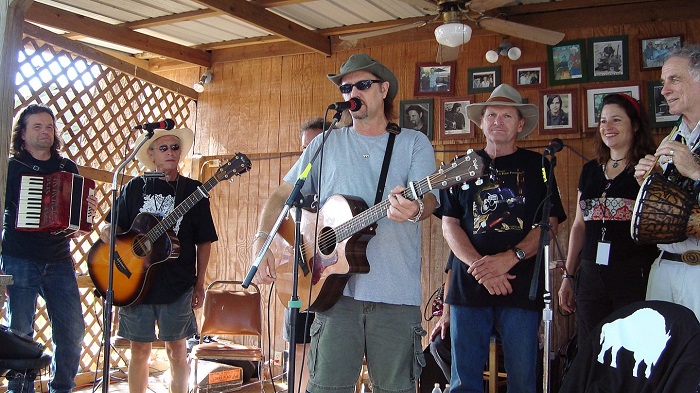
Red Dirt music is a mix of Folk, Country, Rock, Blues, Honky-tonk, and Western Swing.
The subgenre derived its name from the color of Oklahoma’s soil, so it isn’t surprising that Stillwater – the country seat of Oklahoma – is considered the center of Red Dirt music.
Red Dirt doesn’t have a distinctive sound, so it’s often difficult to characterize. Jimmy LaFave, singer-songwriter and former resident of Stillwater, said that the genre “has to do with the spirit of the people.” Others define it as, “Country music with an attitude.”
8. Roots Rock
Developed in the 1960s, Roots Rock is influenced by Blues, Folk, and Country music. The genre is associated with the development of hybrid subgenres like Country Rock, Southern Rock, and Blues Rock.
According to early pioneers of the genre, Roots Rock was developed to “bring Rock back to its roots,” thus the name “Roots Rock.”
The biggest leading bands of the era – the Del-Lords, the Beat Farmer, the Longer Ryders – were directly influenced by the music of Creedence Clearwater Revival when making Roots Rock music.
Although it fell in popularity during the 1980s, Roots Rock bands continued to record and perform into the 90s. Throughout this period, several other artists emerged, but they didn’t receive as much exposure as their predecessors following the rise of Country Rock.
9. Outlaw Country

Outlaw Country is a subgenre of Country music that was derived from Red Dirt, New Mexico, Tejano, Texas Country, and Honky-tonk music styles of the 1950s and 1960s.
The subgenre was created by a small group that fought for their creative freedom outside of the Nashville establishment. Waylon Jennings, David Allan Coe, and Willie Nelson were the most notable members of the movement.
Outlaw Country is characterized by Country instrumentation, Rock and Folk rhythms, and introspective lyrics.
Though the outlaw movement died down in the 1970s, Outlaw Country musicians maintained their popularity and even formed supergroups through the 80s. This includes Bandido, Texas Tornados, and The Highwaymen.
10. Cowpunk
Cowpunk, also known as Country-Punk, is a fusion between Punk Rock and Country. Its cultural origins can be traced back in the late 70s in the UK to the early 80s in Southern California.
Despite popular belief, Cowpunk was inspired by classic Country and the old values of Rock ‘n’ Roll, rather than mainstream Country and Heavy Punk.
Cowpunk bands strive to create authentic-sounding music that doesn’t stray far from the classics. Early innovators of this sound include Bob Dylan, Gene Clark, and Neil Young.
11. Bakersfield Sound
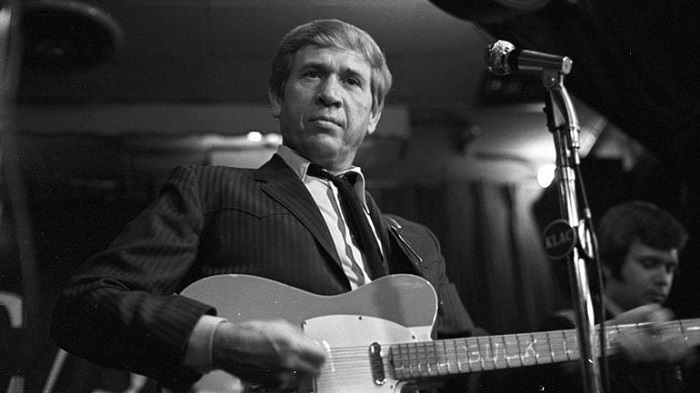
Developed in the mid-to-late 50s in Bakersfield, California, Bakersfield Sound was the very first Country subgenre to have been significantly influenced by Rock ‘n’ Roll.
Alongside traditional Country instruments like the guitar, fiddle, and bass, Bakersfield Sound heavily relies on backbeats and electric instrumentation.
In the 1960s, Bakersfield Sound was considered to be one of the most popular Country genres of the time. It initiated the revival of Honky-tonk and later influenced Outlaw Country and Country-Rock.
Early Bakersfield Sound artists include Wynn Stewart, who pioneered the subgenre, Buck Owens, Merle Haggard, and Jean Shepard.
12. Nashville Sound
With the rise of Rock ‘n’ Roll in the 50s, Country music was kicked off the radar. In an attempt to revive Country sales, the people of Nashville, Tennessee created a new Country subgenre and called it Nashville Sound.
Nashville Sound is a combination of Pop and Country music. It features sophisticated background vocals, smooth tempos, and gentle strings and choruses.
Upon its creation, Nashville Sound dominated cCountry charts that previously held Honky-tonk music. In the 60s, it was challenged by the Bakersfield Sound in the countryside and the British Invasion on the Pop side.
In an attempt to keep its ranks, Nashville developed a more pronounced music structure and called it Countrypolitan. Thanks to artists Charlie Rich, Charley Pride, and Wynette, Countrypolitan performed extremely well in the 60s and into the mid-70s.
13. Gothic Country
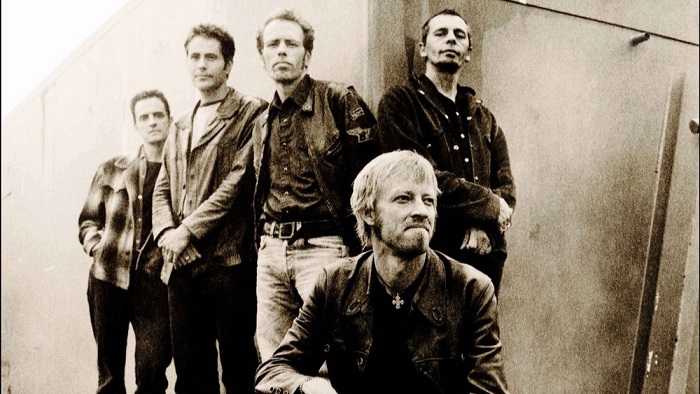
Gothic Country, also known as Southern Gothic, Gothic Americana, Dark Country, or the Denver Sound, is a combination of Alternative Country, Blues, and Gospel music.
Its lyrical themes often feature Southern Gothic literature, as well as themes of poverty, death, religious imagery, lost love, murder, and other macabre and grim subject matters.
Gothic Country is believed to have begun in the city of Denver in the late 1990s to early 2000s. Pioneers of the subgenre include The Denver Gentlemen, 16 Horsepower, and Slim Cessna’s Auto Club.
14. Texas Country
Texas Country music, or simply Texas music, is a subgenre of Country music that was developed in – you guessed it – Texas. It’s often associated with the neighboring styles of New Mexico, Red Dirt, and Tejano music.
Texas country music fuses Neotraditional Country with the care-free views of Outlaw Country. Its lyrics focus on the “common working man” and his struggles with nature and society.
Popular Texas Country artists include Cory Morrow, Pat Green, and David Allan Coe.
15. Christian Country
Christian Country music, also known as Gospel Country, Inspirational Country, and Positive Country, is a subgenre of Country music that focuses on Christian beliefs and Christian life. Common lyrical themes of this genre include worship, praise, lament, and penitence.
Stylistically, Christian Country music shares multiple similarities with traditional Country music. The only difference, really, is its lyrics. Therefore, a mainstream Country band can simultaneously be a Christian Country band if its song features Christian themes.
Notable Christian Country artists include Oak Ridge Boys, Red Sovine, and Mercy River Boys.
16. Country and Irish
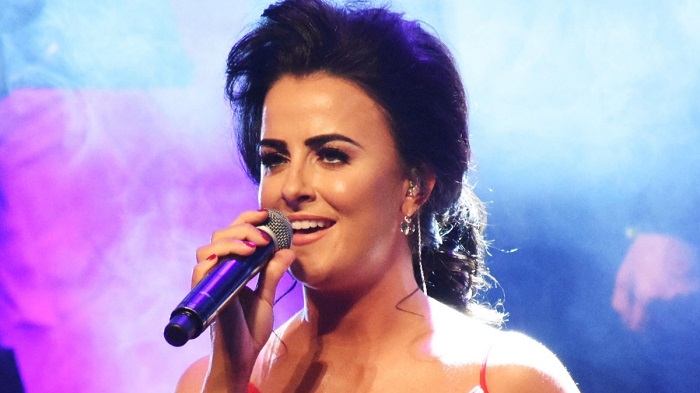
Country and Irish is a Country subgenre developed in Ireland. It’s a fusion between North American Country music and traditional Irish music.
This subgenre is especially popular in the Northwestern part of the country, as well as a few rural Midlands. It isn’t quite as favored in the South West as citizens prefer traditional Irish music.
Country and Irish music are often featured on local and national media. Although it isn’t as popular as traditional Irish music, the subgenre has a number of dedicated fans and musicians.
In 2011, a 24-hour Country and Irish channel called the “Ireland West Music Television” was established to cater to Country and Irish bands.
Popular Country and Irish musicians include Philomena Begley, Lisa McHugh, and Lee Matthews.
17. Country Blues
As the name suggests, Country Blues, otherwise known as Backwoods Blues, is a fusion between Country and Blues music. It’s one of the earliest subgenres of Blues music and Country music.
Country Blues incorporates elements of Ragtime, Gospel, Hillbilly, and Dixieland Jazz. It’s characterized by solo vocals and acoustic fingerstyle guitar accompaniments.
The first known use of the term “Country Blues” was in 1941 by Alan Lomax, who applied it to a recording he made of Muddy Waters.
Since then, Samuel Charters has studied and documented the stylistic origins of Country Blues and later released a book entitled “The Country Blues.” This further solidified the subgenre in the history of Country music.
Pioneers of the genre include Charley Patton, Blind Willie McTell, Sam Chatmon, and John Jackson.
18. Country Rap
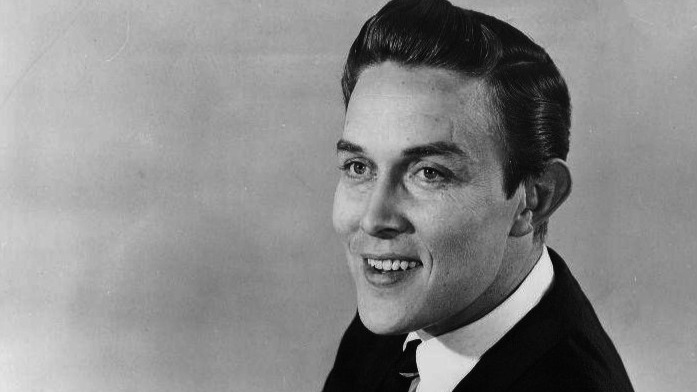
Country Rap, also known as Hick-Hop or Country Hip-Hop, is a fusion between Country music and hip-hop-style rap.
Country Rap songs are typically accompanied by traditional Country instruments like the guitar, the fiddle, and the drum machine.
Talking Blues was the earliest musical influence of Country Rap music. The most notable songs of the Talking Blues genre were “Big Bad John,” by Jimmy Dean and “A Boy Named Sue,” by Johnny Cash, both of which pioneered early Country Rap music.
Country Rap has been around since the late 70s, but it only took off in the late 90s. In its modern form, Country Rap can be traced back to Kid Rock’s album “Cowboy,” which borrowed influences of Southern Rock and Hip-Hop.
Today, Country Rap is still one of the most popular Country genres, especially after the mainstream international success of Lil Nas X’s Country Rap single “Old Town Road.”
19. Country Rock
Developed in the late 1960s, Country Rock is a fusion between Rock and Country music. The subgenre was created by Rock musicians with a passion for Country music.
Country Rock began with artists like Buffalo Springfield, Bob Dylan, and Nitty Gritty, who recorded Rock records with Country themes and vocal styles back in the 60s.
It wasn’t until a decade later that the “Golden Age” of Country Rock occurred, with artists such as Emmylou Harris, Linda Ronstadt, and The Eagles reaching peak popularity.
Country Rock played a major role in the development of Southern Rock and paved the way for the Alternative Country movement.
20. Neo-Traditional Country
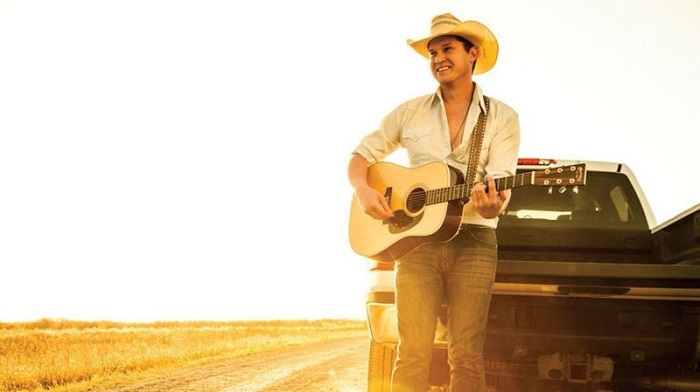
In the mid-1980s, a few years after the “back-to-its-roots” movement of Root Rock and the outlaw movement of Outlaw Country, Neo-Traditional Country was developed.
Neo-Traditional Country, otherwise known as New Traditional Country, is a music style that employs traditional Country vocal styles and instrumentations.
Artists of this subgenre would often dress in 1940s, 1950s, and early 1960s fashion to keep the performance as authentic as possible.
Many of the genre’s artists have already obtained stardom in the Country genre, including Jon Pardi, Riley Green, Luke Combs, and Miranda Lambert.
These artists value and openly embrace traditional Country songs, leading to their desire to produce Neo-Traditional Country music.
21. Progressive Country
In the late 60s and early 70s, where Nashville Sound and Bakersfield Sound dominated the Country music charts, a songwriter-based movement called Progressive Country emerged.
Progressive artists were greatly influenced by contemporary Rock music and the liberal politics of counterculture.
Unlike the former two genres, which were battling for popularity, Progressive Country artists were more concerned about expanding Country music rather than creating hit songs.
Some of the biggest Progressive Country stars include Willie Nelson, Merle Haggard, and Waylon Jennings.
22. Truck-Driving Country

Just as Christian Country focuses on Christian-themed lyrics, Truck-Driving country focuses on lyrical content about trucks. This includes the vehicle itself, as well as truck drivers, the trucking industry, truck stops, trucker jokes, and the like.
Truck-Driving Country is often confused with Bro-Country, which frequently mentions pickup trucks in its lyrics. However, unlike Bro-Country, Truck-Driving Country is hard-driving and features characteristics of Honky-tonk, Bakersfield Country, and County-Rock.
Truck-Driving Country musicians include Dick Curless, Del Reeves, Dave Dudley, Joe Cecil “Red” Simpson, and C.W. McCall.
